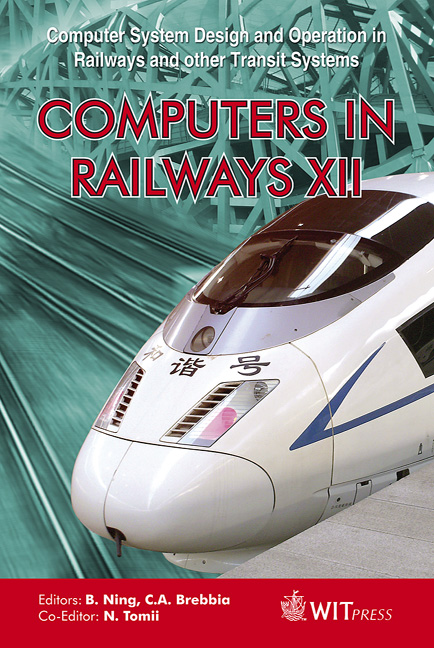Design And Implementation Of A Distributed Railway Signalling Simulator
Price
Free (open access)
Transaction
Volume
114
Pages
8
Page Range
81 - 88
Published
2010
Size
350 kb
Paper DOI
10.2495/CR100081
Copyright
WIT Press
Author(s)
X. Hei, W. Ma, L. Wang & N. Ouyang
Abstract
The Distributed Railway Signalling System (DRSS) is a new signalling system, in which all devices including trains, switch point and signals, as well as position checking, interact and exchange information based on some logic constraint relations. These devices operate independently to ensure train safety. Based on this idea, we have presented the concept of modelling these device actions with G-nets (an Object-oriented Petri Net tool) in Comprail 2006. In this paper, a simulation system that we developed is introduced in order to conduct experiments on DRSS and verify its feasibility. The simulator is based on the concept of DRSS and includes mainly six classes and their functionality modules: station layout automatic generation, train operation, position checking, switch point and signal. In addition, the instance generation of all classes and timetable design are considered in the simulator. It is possible to verify and simulate almost all functions with this simulator, such as train protection, route process, interlocking logic verification and terminal device procedure, etc. Keywords: distributed railway signalling system, simulator, object-oriented. 1 Introduction A railway signalling system has been developed over the long history of railways, and has been vital in ensuring the safe operation of trains. However, computers have been used in such safety-critical systems for no longer than 30 years [1], and they have demonstrated a high level of safety and reliability. One drawback of the existing computerized railway signalling systems, however, is
Keywords
distributed railway signalling system, simulator, object-oriented





